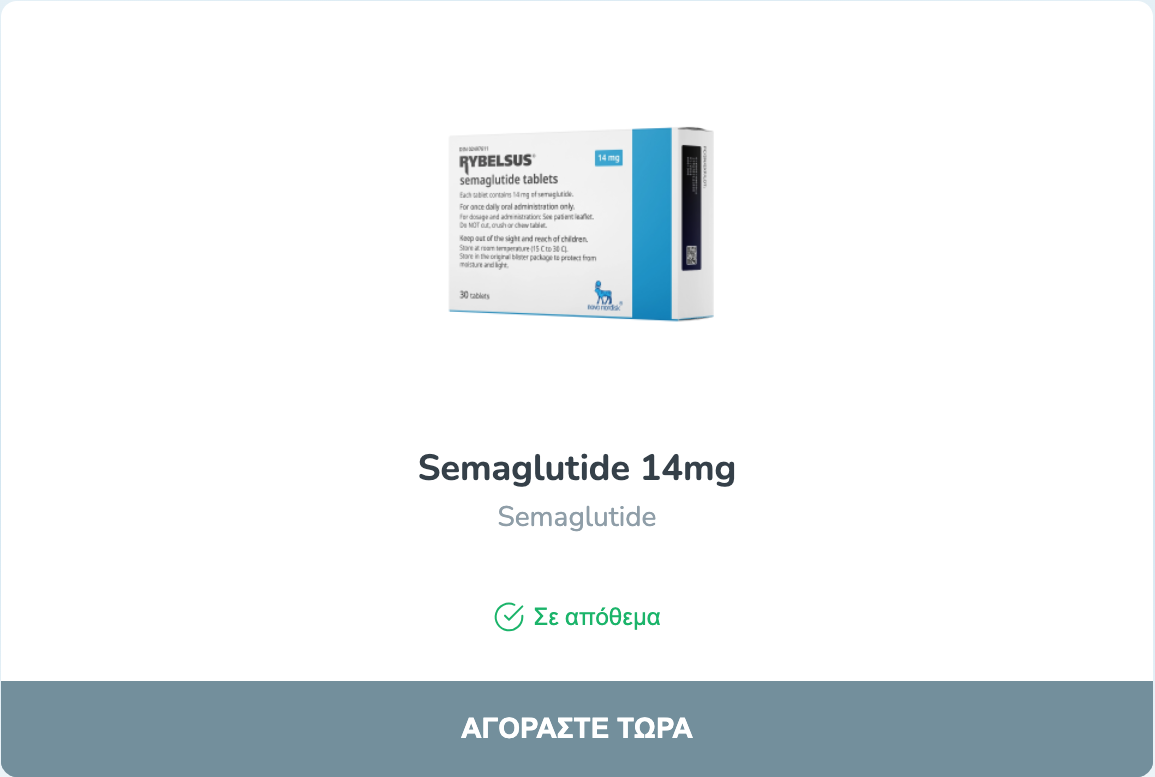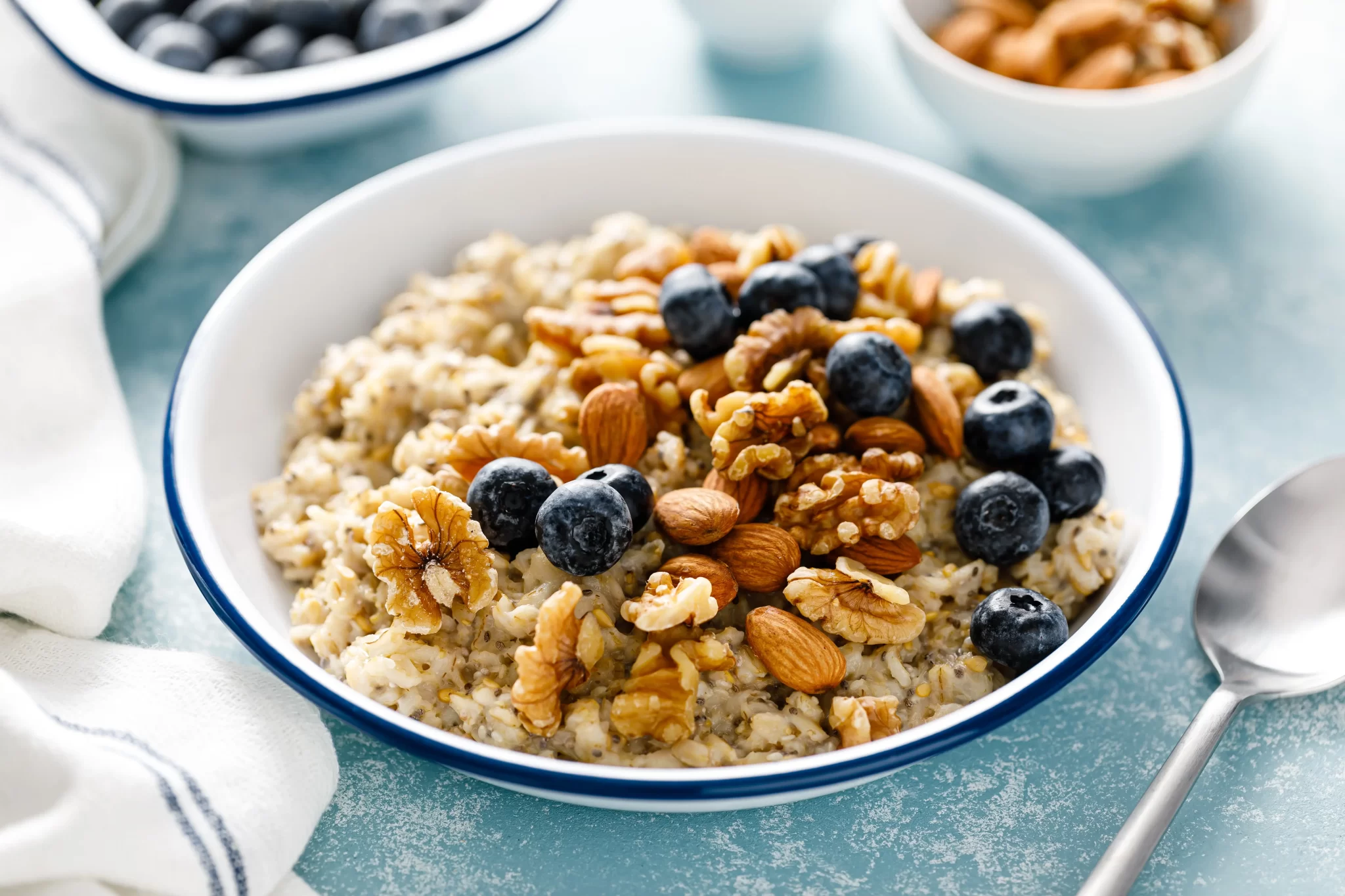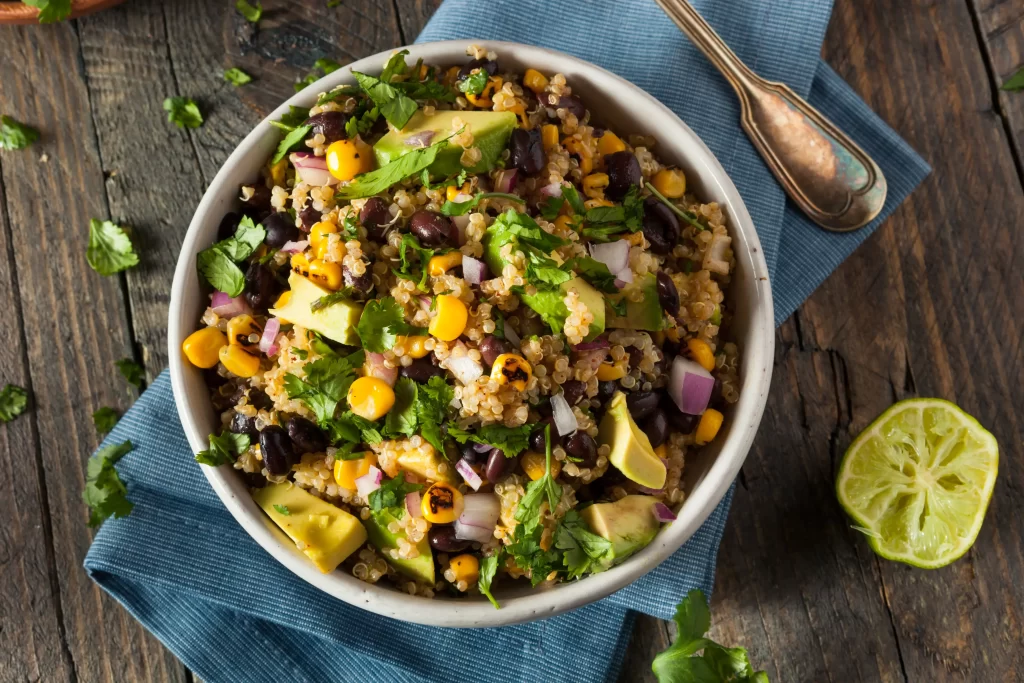Diet Plan for Effective Weight Loss with Semaglutide

You’ve likely tried intermittent fasting, walking long distances daily, maintaining a healthy lifestyle, exercising consistently, and experimenting with numerous diets to lose weight—only to find the scale refusing to budge. Frustrating, right?
If this resonates with you, let me say I’m truly sorry. It’s a common struggle. Weight loss can be challenging for many. Sometimes, it just means switching strategies and considering options like semaglutide, paired with a semaglutide-specific diet plan.

Semaglutide, commonly known under brand names such as Ozempic or Wegovy, is a medication that mimics natural hormones. It works by reducing hunger, increasing feelings of fullness, and curbing your appetite. Beyond managing cravings, it also supports improved blood pressure and cholesterol levels.
However, semaglutide isn’t a magical solution. In fact, there’s ongoing discussion about its use for weight loss. But today, we’re not here to debate that.
The key takeaway is that weight loss doesn’t happen by magic. Semaglutide is most effective when paired with a healthy, balanced diet filled with nutritious foods and a commitment to regular physical activity. Lifestyle changes are non-negotiable. Even with semaglutide, adopting a comprehensive approach to health and wellness is essential.
Our aim here is to help you develop a practical semaglutide diet plan, complete with meal suggestions to support your weight loss journey.

Key Points:
- Enhance Results with a Semaglutide Diet Plan: Combining semaglutide with a dedicated diet plan significantly improves weight loss outcomes.
- Hormonal Regulation: Semaglutide mimics hormones that manage satiety and reduce appetite.
- Focus on Balanced Nutrition: A healthy diet emphasizes non-starchy vegetables, lean proteins, whole grains, and fruits.
- What to Avoid: Limit fried foods, sugary beverages, and items with excessive added sugars for best results.
Semaglutide for Weight Loss: How Does It Work?
If you’re new to semaglutide or considering it, understanding how it works is essential. Semaglutide is a GLP-1 receptor agonist medication that mimics a natural hormone targeting brain regions involved in regulating appetite.
Do you often feel hungry? Semaglutide helps you stay fuller for longer, enabling you to work towards your weight loss goals.
For those dealing with obesity-related challenges, semaglutide also supports better blood sugar management. It lowers hemoglobin A1C levels in individuals with type 2 diabetes, promoting improved glucose control.

How Semaglutide Works
As a GLP-1 receptor agonist, semaglutide binds to GLP-1 receptors in the brain and other organs, triggering various physiological processes that support weight loss and glucose regulation:
- Appetite Suppression: Semaglutide reduces hunger and cravings by dampening appetite signals.
- Slows Stomach Emptying: It delays the digestive process, making you feel full and satisfied with smaller portions.
- Regulates Blood Sugar: By stimulating insulin release from the pancreas, semaglutide enhances blood sugar control. It also improves insulin sensitivity, allowing cells to absorb glucose more efficiently and reducing high blood sugar levels.
These combined effects make semaglutide a powerful aid in managing both weight loss and type 2 diabetes.
NOTE: The Importance of Consulting a Doctor
Before starting semaglutide, it’s essential to consult with a healthcare professional. They will assess factors such as your blood sugar levels and body weight to determine whether semaglutide is suitable for you.
Principles of a Semaglutide Diet Plan
Let’s get to the main reason you’re here.
When using semaglutide, whether it’s Ozempic or Wegovy, following a carefully planned diet is crucial for maximizing the benefits of the treatment.
Additionally, these dietary adjustments can help you maintain your weight even after discontinuing semaglutide.
Caloric Deficit
Creating a caloric deficit—consuming fewer calories than your body burns—is key to any weight loss plan.
However, avoid extreme calorie restriction, as it can negatively impact your metabolism and overall health. Aim for a moderate calorie deficit that supports weight loss while providing enough energy to keep you healthy.
Macronutrient Balance
Your body thrives on a proper balance of proteins, healthy fats, and carbohydrates:
- Proteins: Help you feel fuller for longer and are vital for muscle repair and growth. Include a protein source in every meal.
- Healthy Fats: Found in foods like avocados and nuts, these fats support hormone function and provide sustained energy.
- Low-Glycemic Carbohydrates: Found in whole grains, legumes, and vegetables, these carbs help maintain stable blood sugar levels.
Hydration
Staying hydrated is critical while on semaglutide. Water aids digestion, flushes out toxins, and can help curb hunger.
Aim to drink at least 8 glasses of water daily, though individual needs may vary based on body weight and activity levels.
Dietary Fiber
Adding more fiber to your diet can reduce space for less healthy foods while promoting satiety and digestive health.
Incorporate high-fiber foods like vegetables, fruits, whole grains, and legumes into your meals. Fiber can also help alleviate constipation, a common side effect of semaglutide.
Why a Balanced Diet Is Crucial on Semaglutide
A balanced diet is essential when taking semaglutide for weight loss, particularly since the medication can cause gastrointestinal (GI) side effects.
Focus on foods that are easy to digest and won’t worsen symptoms. While calorie needs vary from person to person, prioritize the quality of your food over hitting a specific calorie count.
In summary:
- Include non-starchy vegetables, lean proteins, whole grains, and healthy fats.
- Avoid high-fat and processed foods, as they are harder to digest and can aggravate GI symptoms.
- Stay hydrated and consider eating small, frequent meals to manage nausea or bloating.

Foods to Include While on Semaglutide: What should I eat?
Choose foods that are rich in essential nutrients while being low in calories and unhealthy fats.
Some of the best foods to include while using semaglutide are:
- Lean protein sources such as chicken breast, eggs, and beans
- A variety of vegetables, especially leafy greens, mushrooms, and zucchini
- Whole grains like brown rice, quinoa, and millet
- Low- or non-fat dairy options such as milk, Greek yogurt, and cottage cheese
- Fruits, particularly berries, apples, and oranges
Foods to Avoid on a Semaglutide Diet Plan
Stay away from these indulgent foods:
|
Foods to Avoid |
Reasons to Avoid |
|
Fried foods |
High in unhealthy fats, difficult to digest |
|
Ice cream and other high-fat desserts |
High in unhealthy fats and added sugars |
|
Alcohol |
High in empty calories and may trigger side effects |
|
Candy and other sweets |
High in added sugars and contribute to weight gain |
|
Soda and sugary drinks |
High in added sugars and empty calories |
|
Highly processed cereals |
Contain unhealthy fats and added sugars |
|
Pre-packaged foods |
Often high in unhealthy fats, sugars, and additives |
|
Refined grains such as white bread |
Lack essential nutrients and contribute to weight gain |
Tips for Optimizing Weight Loss with Semaglutide
To enhance your weight loss results with semaglutide, consider these helpful tips:
- Eat multiple small meals throughout the day to manage side effects like nausea and bloating
- Stay well-hydrated by drinking plenty of water
- Choose low-sugar, high-fiber carbs such as whole grains, fruits, and vegetables
- Incorporate lean protein sources like chicken, fish, tofu, and legumes
- Make regular physical activity a part of your daily routine
- Manage stress through relaxation practices, exercise, and self-care
- Ensure you get enough sleep to support both weight loss and overall well-being

Preparing for the Semaglutide Meal Plan
Mental and Physical Preparation
Starting semaglutide and committing to a healthy diet plan is more than just adjusting your food choices.
It’s about transforming your lifestyle.
Understand that weight loss is a gradual journey. Mentally prepare yourself for this process to make it smoother.
Setting Realistic Weight Loss Goals
Use the SMART framework to set specific, measurable, attainable, relevant, and time-bound goals.
Instead of focusing on quick fixes, prioritize long-term changes to your diet and lifestyle. This will lead to sustainable weight loss that lasts well beyond your time on semaglutide.
Tracking Progress
Don’t rely solely on the scale to track your progress. Measure success with other indicators like body measurements, energy levels, and how your clothes fit.
Consider keeping a food diary to gain insight into your eating habits and make necessary adjustments to optimize results.
Adjusting to Appetite Changes
Semaglutide will likely reduce your appetite significantly, which you’ll find beneficial. Practicing mindful eating is key—listen to your body and only eat when you're truly hungry.
Benefits of the Semaglutide Diet Plan
Preventing and Managing Semaglutide Side Effects
Semaglutide may cause gastrointestinal (GI) symptoms like nausea and bloating. A well-planned diet can help reduce these side effects. Choose easily digestible foods and avoid known triggers.
Improved Overall Health
A semaglutide diet plan focuses on incorporating nutritious foods and key principles of holistic nutrition. By eating a balanced diet, you provide your body with essential nutrients that support overall function and help maintain optimal health.
Enhanced Energy Balance
Following a semaglutide diet plan can improve your energy balance, which is vital for long-term weight loss. By choosing foods that offer sustained energy and avoiding those that cause energy imbalances, you can experience steady, consistent weight loss progress that may continue even after you stop using semaglutide.
Optimized Weight Loss Journey
To maximize your weight loss results on semaglutide, stick to the recommended foods and avoid potential triggers. This approach will help you optimize your weight loss journey.

Healthy Meal Plan Ideas for a Semaglutide Diet
Here are some meal suggestions to help you eat healthily while on semaglutide.
Breakfast Ideas:
High-Protein Oatmeal with Nuts and Seeds
Start your day with a bowl of oatmeal made with milk or a plant-based alternative for added protein. Top it with a handful of nuts such as almonds or walnuts, and seeds like chia or flaxseeds.
Fun fact: This meal is rich in protein and fiber, helping manage blood sugar levels and keeping you feeling full for longer.
Greek Yogurt Parfait with Berries and Flaxseeds
Layer Greek yogurt with fresh berries and a sprinkle of flaxseeds.
The berries bring natural sweetness and antioxidants, while flaxseeds offer omega-3 fatty acids and fiber.
Lunch Ideas
Grilled Chicken Salad with Mixed Greens and Olive Oil Dressing
Combine mixed greens, grilled chicken breast, and your favorite vegetables for a light but satisfying lunch. Drizzle with a simple olive oil and lemon juice dressing.
Quinoa and Black Bean Bowl with Avocado and Lime
For a hearty and nutritious lunch, mix cooked quinoa, black beans, avocado slices, and a squeeze of lime.
This bowl is packed with protein, healthy fats, and fiber, supporting weight loss and preventing constipation while using semaglutide.
Dinner Ideas
Baked Salmon with Roasted Vegetables
Bake a salmon fillet and pair it with roasted vegetables like broccoli, carrots, and bell peppers.
This meal is rich in omega-3 fatty acids, vitamins, and minerals.
Stir-Fried Tofu with Broccoli and Brown Rice
Stir-fry tofu with broccoli and serve it over brown rice for a satisfying dinner.
This dish is a great source of plant-based protein and fiber, crucial for a healthy diet and effective weight management.
Snack Ideas
Celery Sticks with Almond Butter
For a crunchy and fulfilling snack, pair celery sticks with almond butter.
This snack is low in calories and packed with healthy fats and protein, making it a smart choice for weight loss with semaglutide.
Cottage Cheese with Sliced Peaches
Enjoy a bowl of cottage cheese topped with sliced peaches for a refreshing, satisfying snack.
Cottage cheese is high in protein, while peaches add natural sweetness, fiber, and vitamins.
To Summarize
A well-planned semaglutide diet is essential for successful weight loss while using semaglutide. Even with a "shortcut" like semaglutide, proper nutrition is key. Lifestyle changes, including a balanced diet, are the only sustainable way to maintain weight loss, even after discontinuing semaglutide.
FAQ
What is semaglutide?
Semaglutide is a medication designed for weight loss and managing obesity-related issues. It works by mimicking hormones that regulate feelings of fullness and helps reduce appetite.
How does semaglutide work for weight loss?
Semaglutide is a GLP-1 receptor agonist that imitates hormones responsible for controlling appetite and increasing feelings of fullness. By boosting GLP-1 levels, it influences appetite and metabolism, aiding in weight loss.
Why is a balanced diet important while using semaglutide?
A balanced diet is crucial when taking semaglutide for weight loss as it supports overall health, maintains energy balance, and helps minimize any side effects from the medication.
What foods should I include in my semaglutide diet plan?
A semaglutide diet plan should emphasize non-starchy vegetables, lean proteins, whole grains, and fruits. These foods are nutrient-dense, low in calories, and promote healthy weight loss.
What foods should I avoid on a semaglutide diet plan?
Avoid high-fat and processed foods, especially those containing unhealthy fats like fried foods and ice cream. Also, steer clear of foods with added sugars, such as candy, soda, and alcohol, when following a semaglutide diet.
Back to blog


